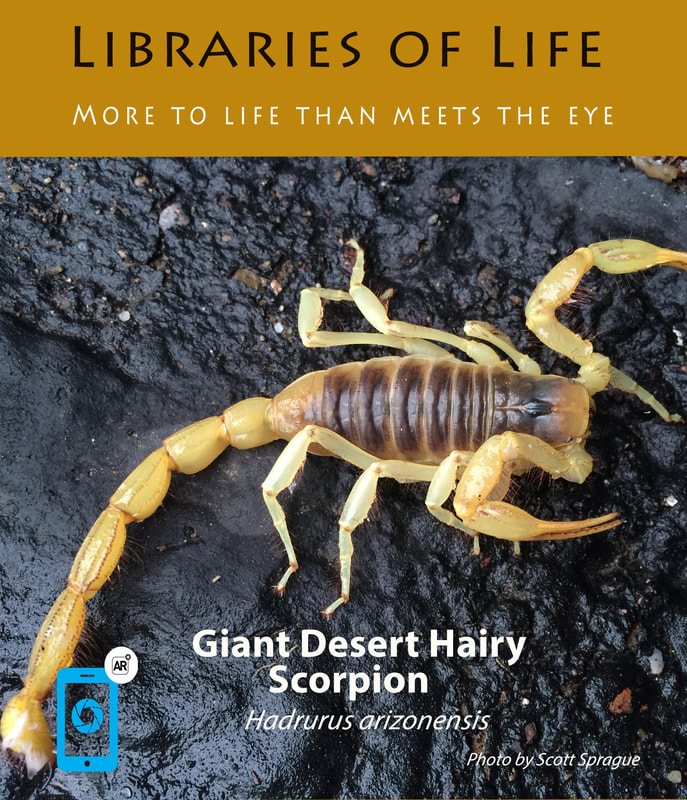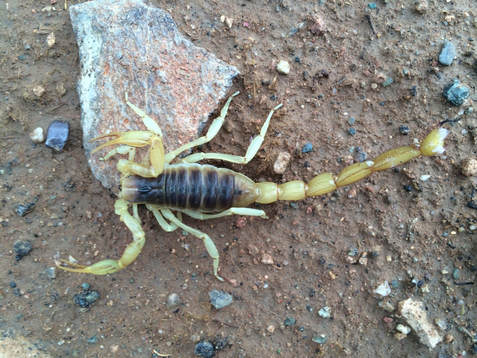Search the site...
- Home
- About iDigBio and the AR Collection Card Project
- ARPEO Project
- PROJECT REPORT 2022
- Macrofungi: The Daisy Earthstar
- The Consortia of North American Lichens and Bryophytes: Greygreen Reindeer Lichen
- Invertnet Collection Network: The Thorn Bug
- Paleoniches: Brachiopods
- Ammonite
- iDigBio: Channel Catfish
- Great Lakes Invasive Network: Zebra mussel
- Tri-Trophic Thematic Collection Network: Stink Bug Parasitoid
- Macroalgal: Elk Kelp
- Insect Fossils: Tsetse Fly
- SCAN: Earth-boring Scarab Beetle
- InvertEBase: Carolina Mantis
- EPICC: Fossil Crab
- Animal Communication: Ruby-throated Hummingbird
- Poweshiek Skipperling
- RINGTAIL
- Tarantula Hawk
- Sonoran Mantid
- California Leaf-nosed Bat
- Pipevine Swallowtail
- Desert Hairy Scorpion
- Gila Monster
- Ocotillo
- California Poppy
- Anna's hummingbird
- Monarch
- Bumblebee
- White-nosed coati
- Asian Long-horned beetle
- Learning Resources
- Special Thanks
- Give Us Your Feedback!
- Contact Us
- Specimen Cards
- PRIVACY POLICY
- TEST page
- Human Evolution lab
- Skull 8
- Home
- About iDigBio and the AR Collection Card Project
- ARPEO Project
- PROJECT REPORT 2022
- Macrofungi: The Daisy Earthstar
- The Consortia of North American Lichens and Bryophytes: Greygreen Reindeer Lichen
- Invertnet Collection Network: The Thorn Bug
- Paleoniches: Brachiopods
- Ammonite
- iDigBio: Channel Catfish
- Great Lakes Invasive Network: Zebra mussel
- Tri-Trophic Thematic Collection Network: Stink Bug Parasitoid
- Macroalgal: Elk Kelp
- Insect Fossils: Tsetse Fly
- SCAN: Earth-boring Scarab Beetle
- InvertEBase: Carolina Mantis
- EPICC: Fossil Crab
- Animal Communication: Ruby-throated Hummingbird
- Poweshiek Skipperling
- RINGTAIL
- Tarantula Hawk
- Sonoran Mantid
- California Leaf-nosed Bat
- Pipevine Swallowtail
- Desert Hairy Scorpion
- Gila Monster
- Ocotillo
- California Poppy
- Anna's hummingbird
- Monarch
- Bumblebee
- White-nosed coati
- Asian Long-horned beetle
- Learning Resources
- Special Thanks
- Give Us Your Feedback!
- Contact Us
- Specimen Cards
- PRIVACY POLICY
- TEST page
- Human Evolution lab
- Skull 8


